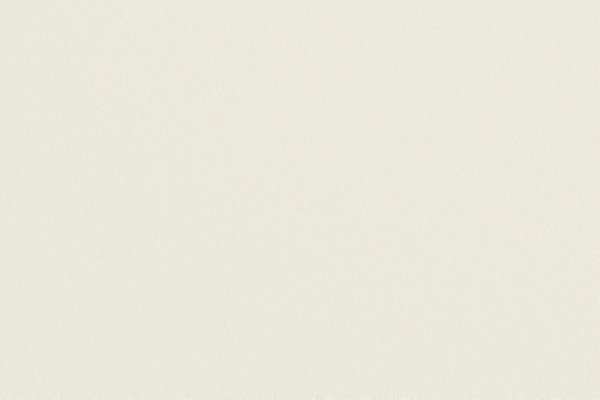The room contains sound sculptures that look like pictures but only show empty areas. These produce sounds recorded during everyday situations, which are heard by those moving through the room. Through listening and movement, the images nevertheless become counterparts; they can "enter" and "leave" and come into associative contact with one another. They do not tell one story, but instead form puzzle made up of pieces, the contextual origins of which have no more to do with one another than their contexts in the installation: fragments of our portrayals of reality, starting points for the construction of connections, causalities, clues.
The contextual starting point for Promenade. Anecdote, everyday life, image is the theoretical analysis of immersive media environments presented in my dissertation, which is entitled Binaural – Das andere Stereo. Ästhetik und Technik auditiv vermittelter Räume [English: Binaural - The Other Stereo. Aesthetics and Technology of Auditorily-Connected Spaces], as well as in other publications. Artistic research is closely related to this, and especially the sound installations Parisflâneur and Alltagsstimmen Judenburg. In the planned project Promenade, I refer to aspects of my previous research to further develop them in new transdisciplinary contexts. Above all, these aspects include the recontextualization of fragments of everyday life and the aesthetic experiences made in spaces in which media are conveyed. Unlike musique concrete, “anecdotal music” (musique anecdotique), a term invented by Luc Ferrari, acts directly on the associations drawn by the audience members. Ferrari's work with field recordings stakes an egalitarian claim to composition and reception. Thus, he coined the term “diapositive sonore”, referred to as Klangdias in German. By these, he meant everyday sound recordings that anyone could and should take, as they would take holiday pictures. Promenadology or the "science of strolling" has been developed by Lucius Burckhardt since the 1980s. “It is based on the assumption that the observer cannot perceive the environment or, if they do, this is only because certain imagery has already formed and does form in the mind of the observer. […] Perception is based on the cinematographic effect of strolling" (Lucius Burckhardt). "Adherents to promenadology are less interested in beautiful prospects and much more interested in perspectives and the network of relationships that connects idlers with their environment" (Martin Schmitz). In the political dimension of the "minor subject", as Burckhardt called it, there are unmistakable echoes of the Situationist International, and he makes references to other professional strollers, such as Henry David Thoreau, Robert Walser, Franz Hessel and Walter Benjamin, in his methodology. The use of perceived pieces of scenery encountered in daily life and their constructivist engagement in lending meaning are the subjects of the narrative psychology. Theories of narrative identity address how self-construction is based on narrated stories that are constantly negotiated in the social network and adapted to the environment. Personality, tangible for others as stories, is understood and acknowledged in this way.
During the winter “hibernation period”, the exhibition will not be accessible in the interior of the esc, but can be listened to from outside through the peripheral window front. During this time, the installation is set into a mode in which it “examines” itself, continually circulating from one image to the next, leaving one and entering the next.
Promenade. Anecdote, everyday life, image is a production by esc medien kunst labor and is funded as a Knowledge Transfer Project by the Vice Rector of Research at the University of Music and Performing Arts Graz and by Kulturamt der Stadt Graz. The project is conducted in cooperation with the Institute of Electronic Music and Acoustics.
Text by Martin Rumori


